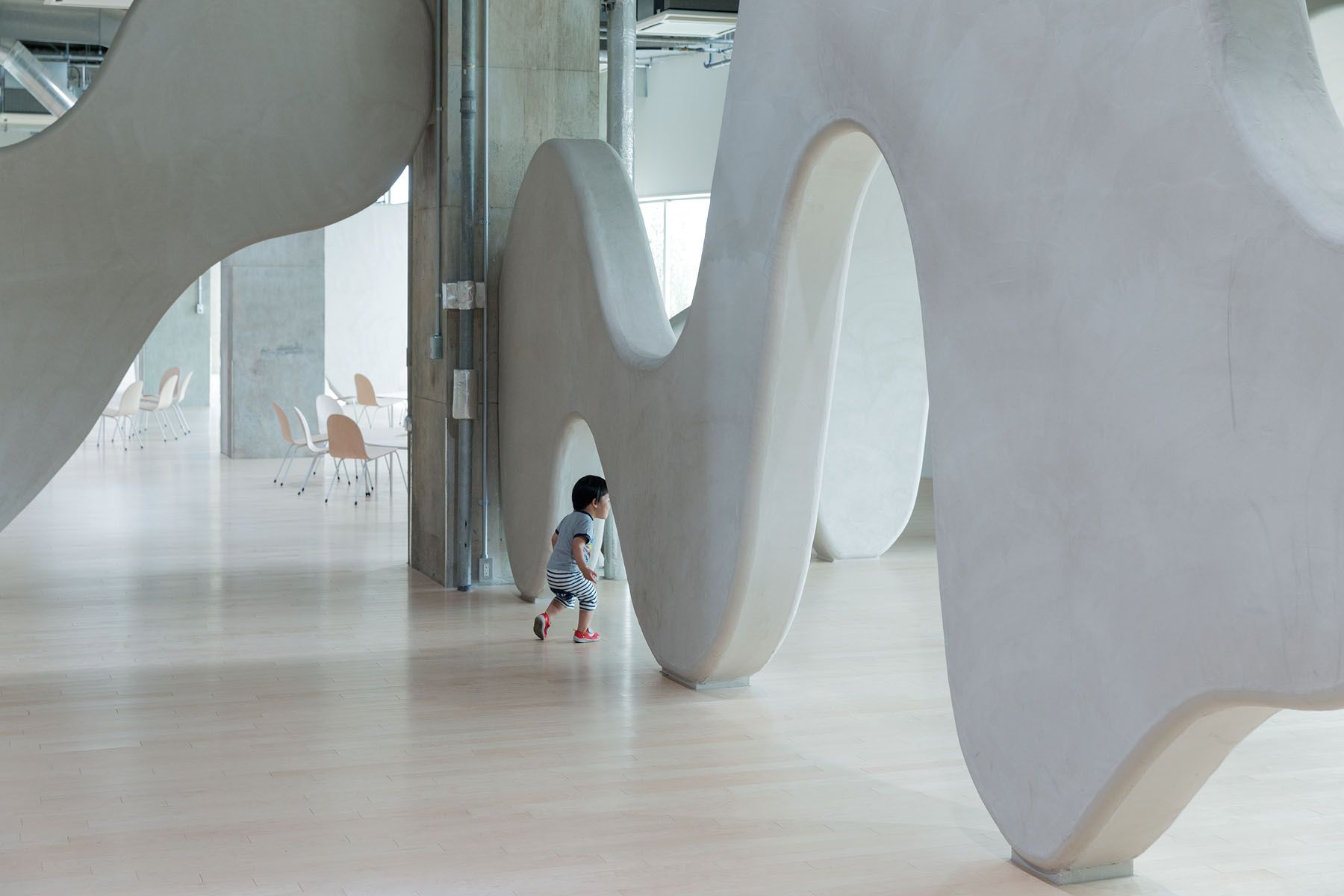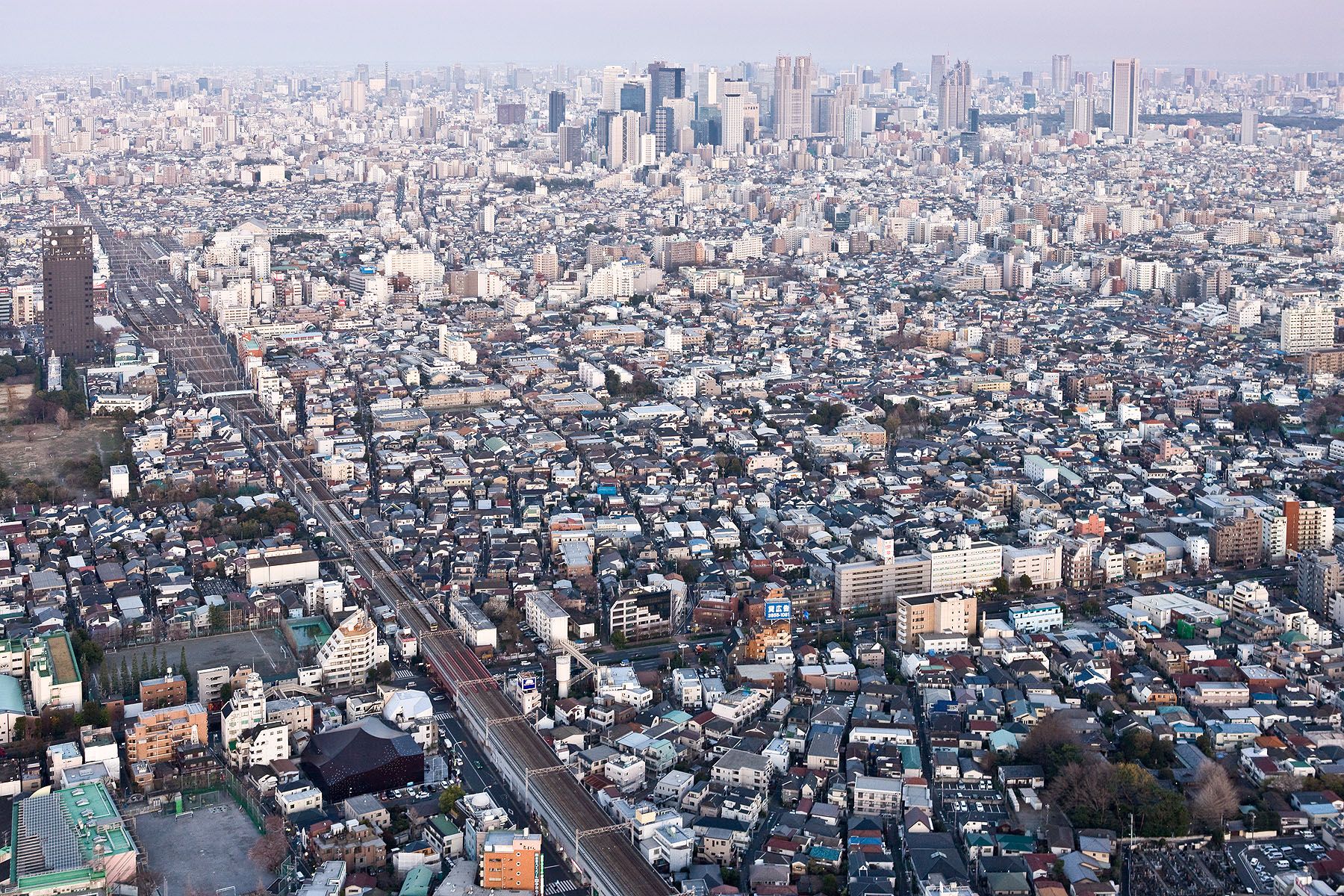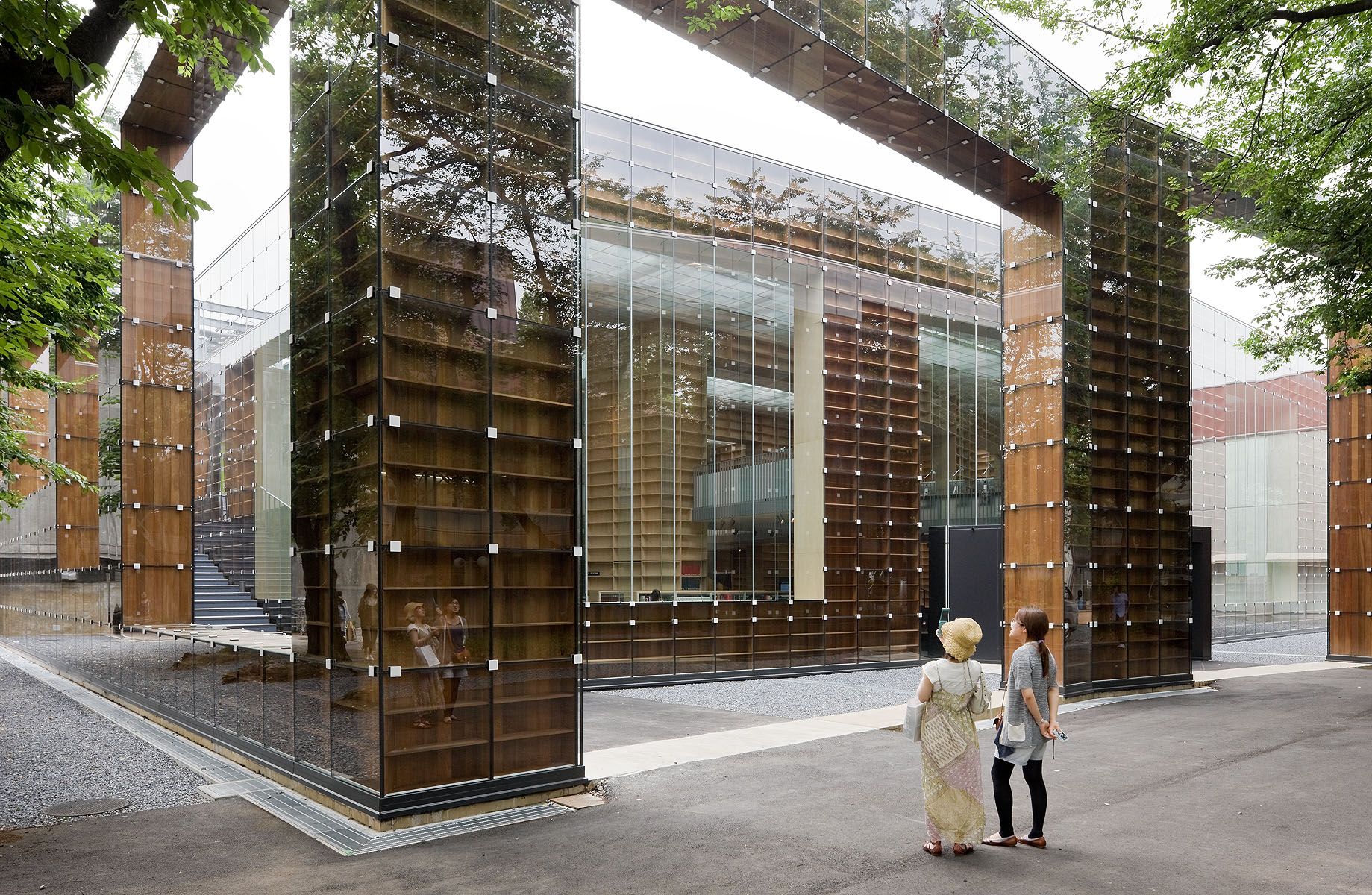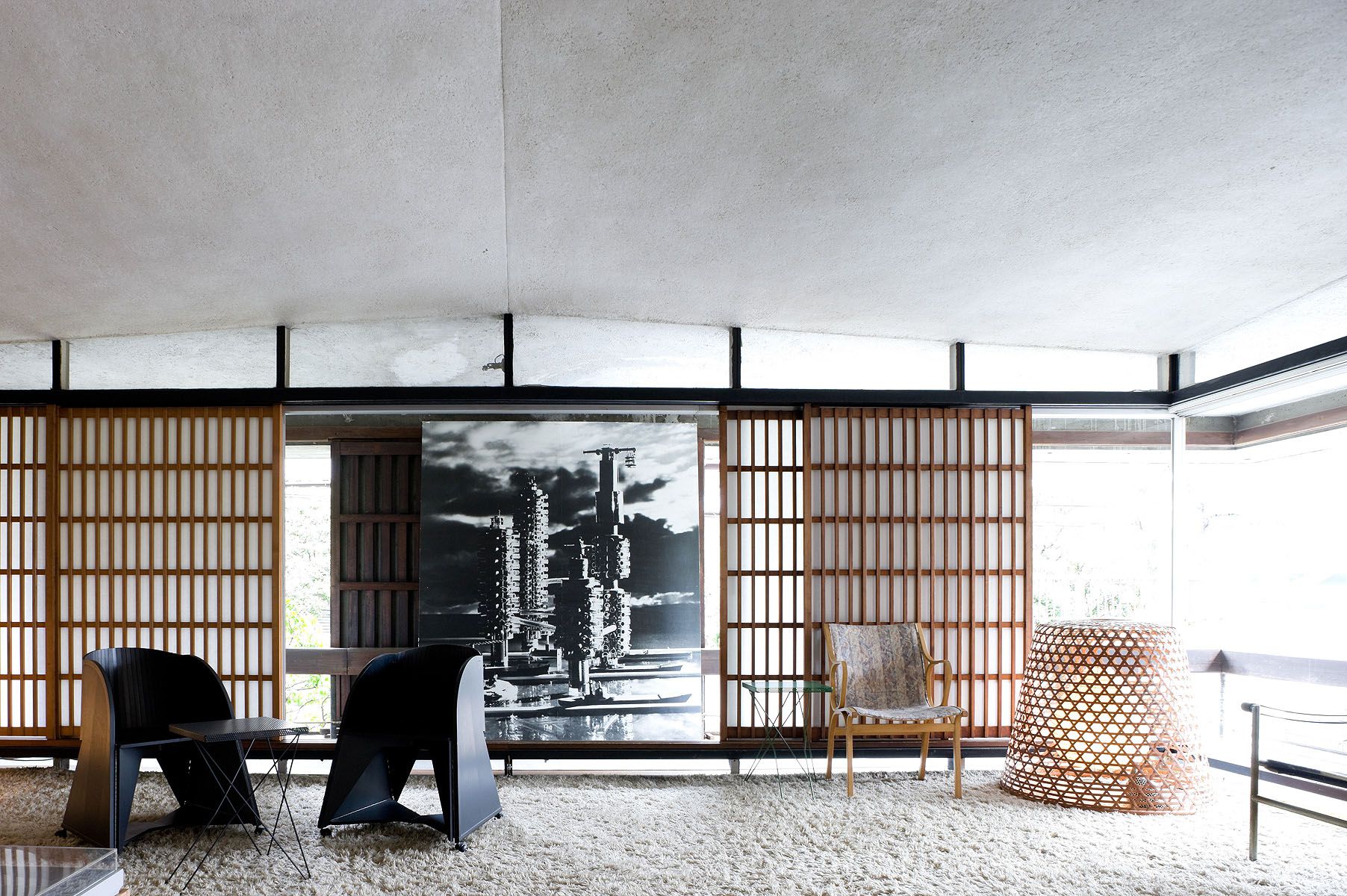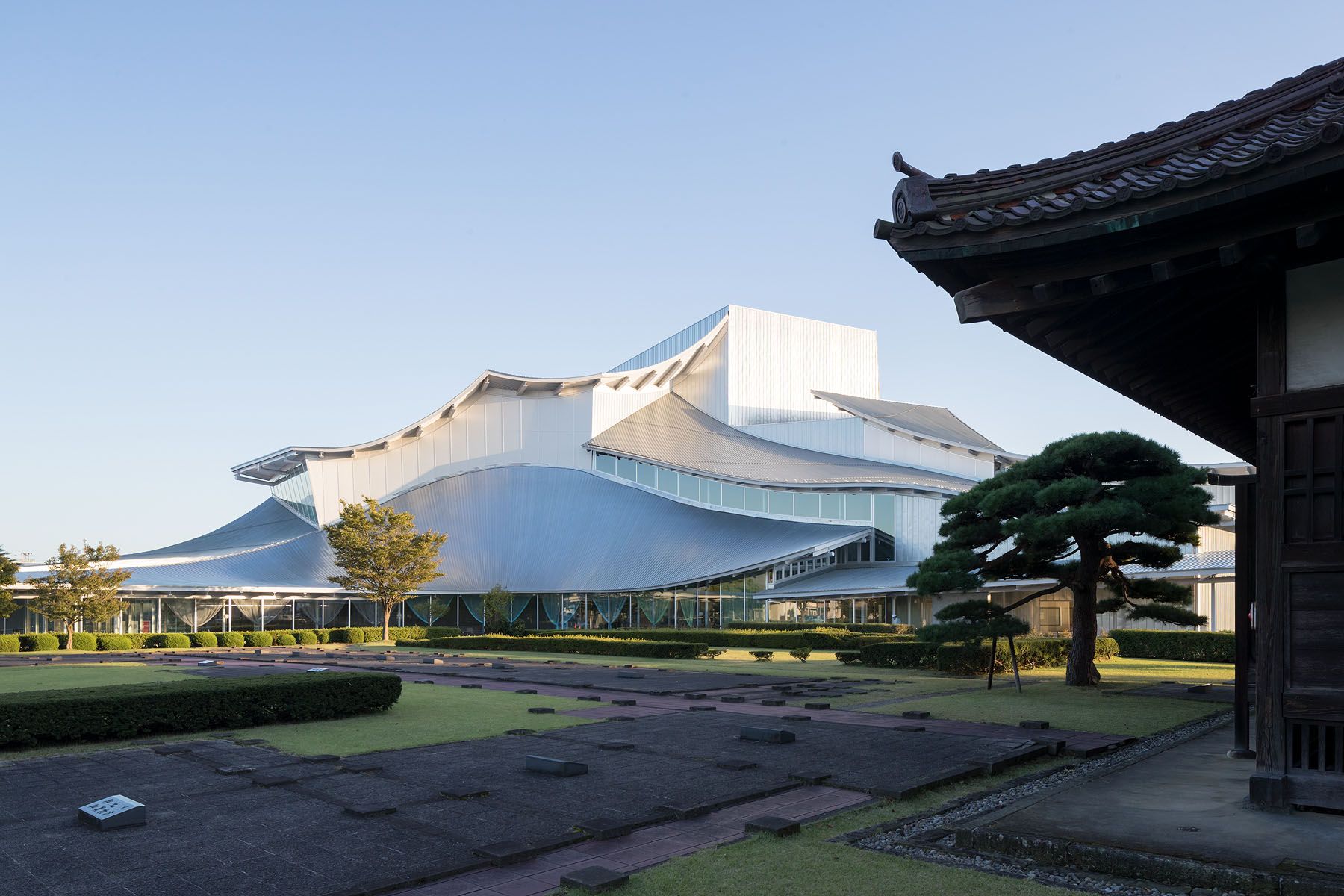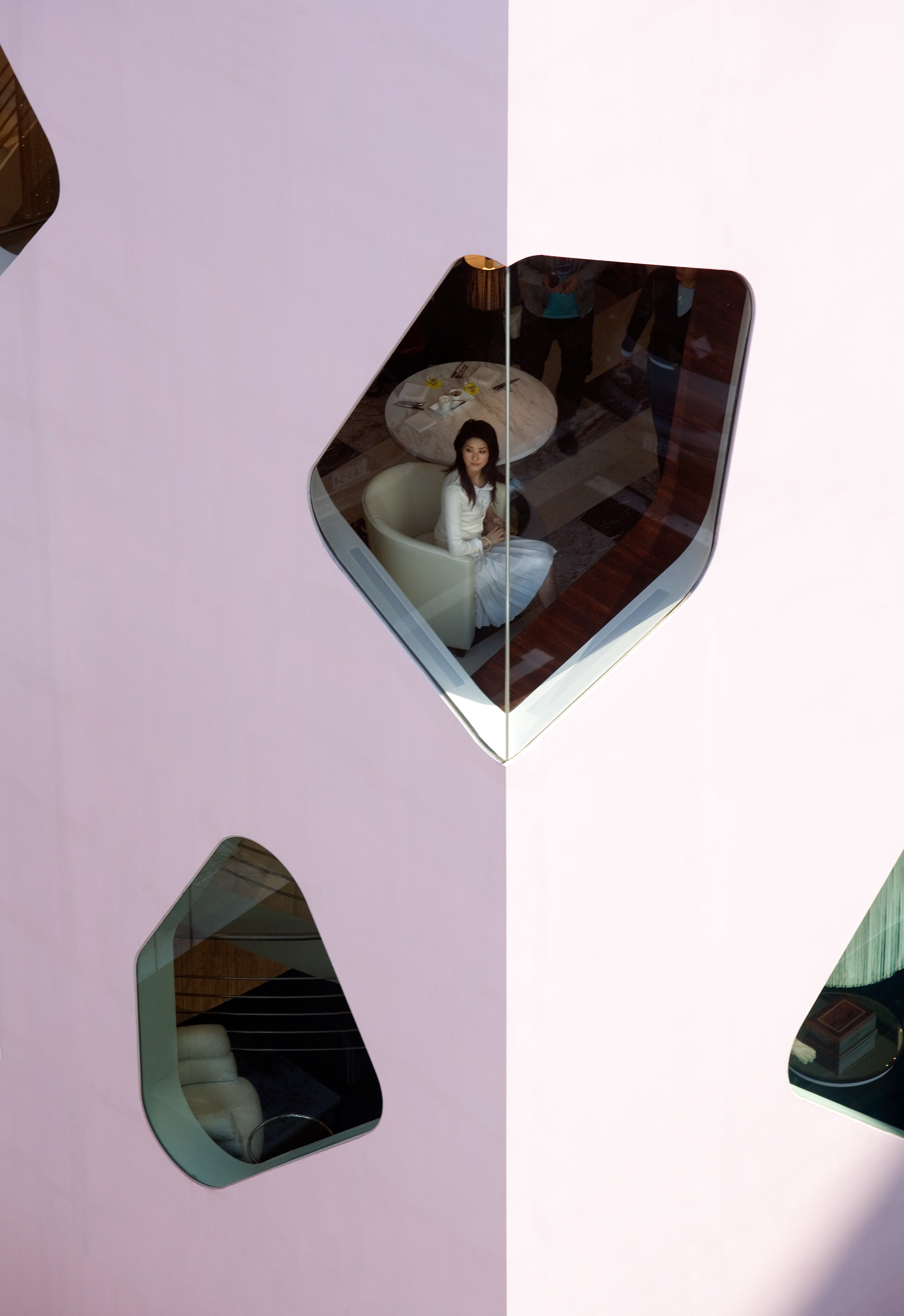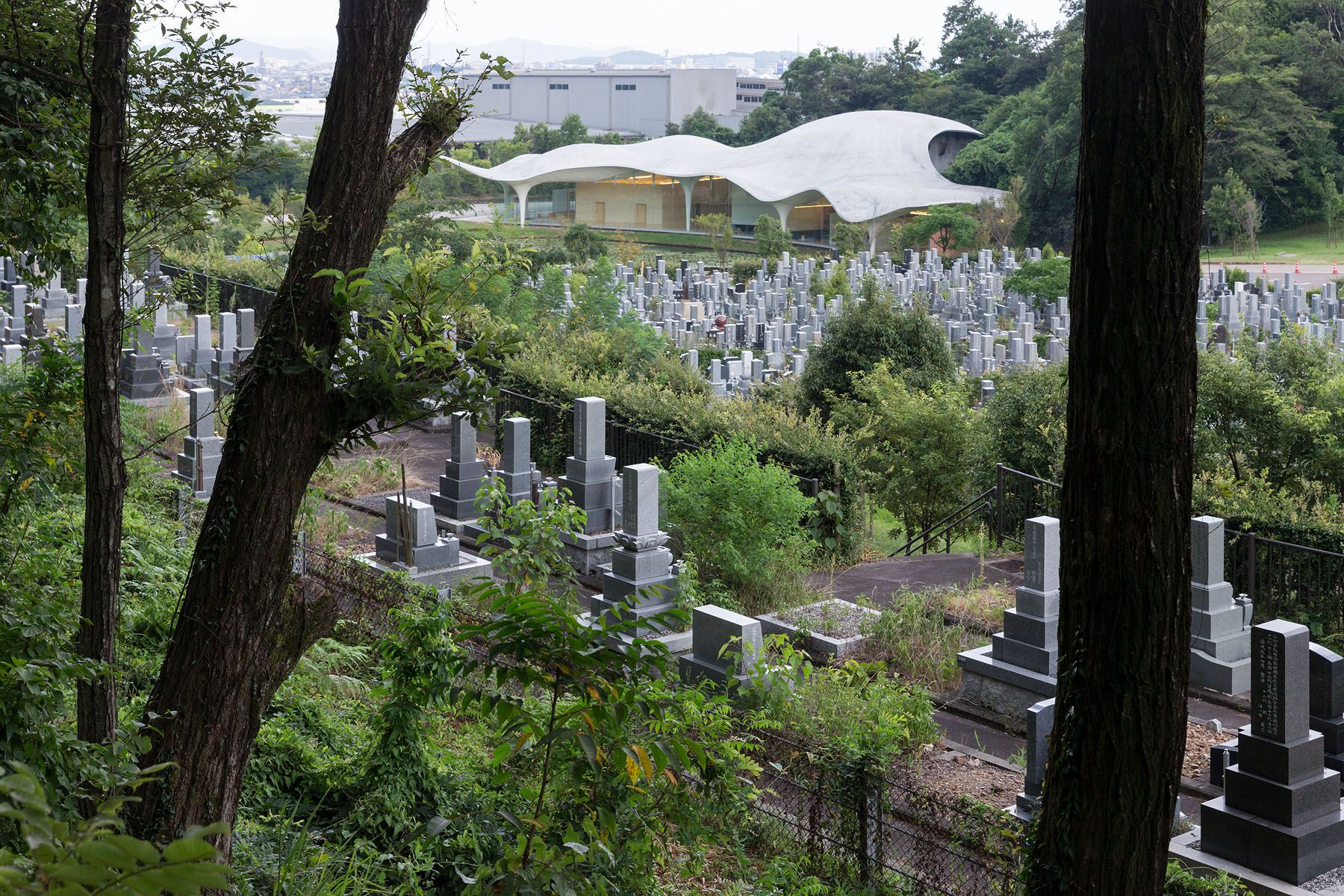Kawaguchi Crematorium – Toyo Ito
Designed by Toyo Ito, the Meguri no Mori Funeral Hall in Kawaguchi, Japan, is a delicate structure that blends architecture with the calming presence of nature. A canopied portico supported by white columns faces the lake, forming a sheltered walkway that guides visitors through a serene landscape of light and lines. Beneath this minimalist framework lies a cavern-like farewell space, intimate and secluded—a contemplative retreat for memory and mourning.
